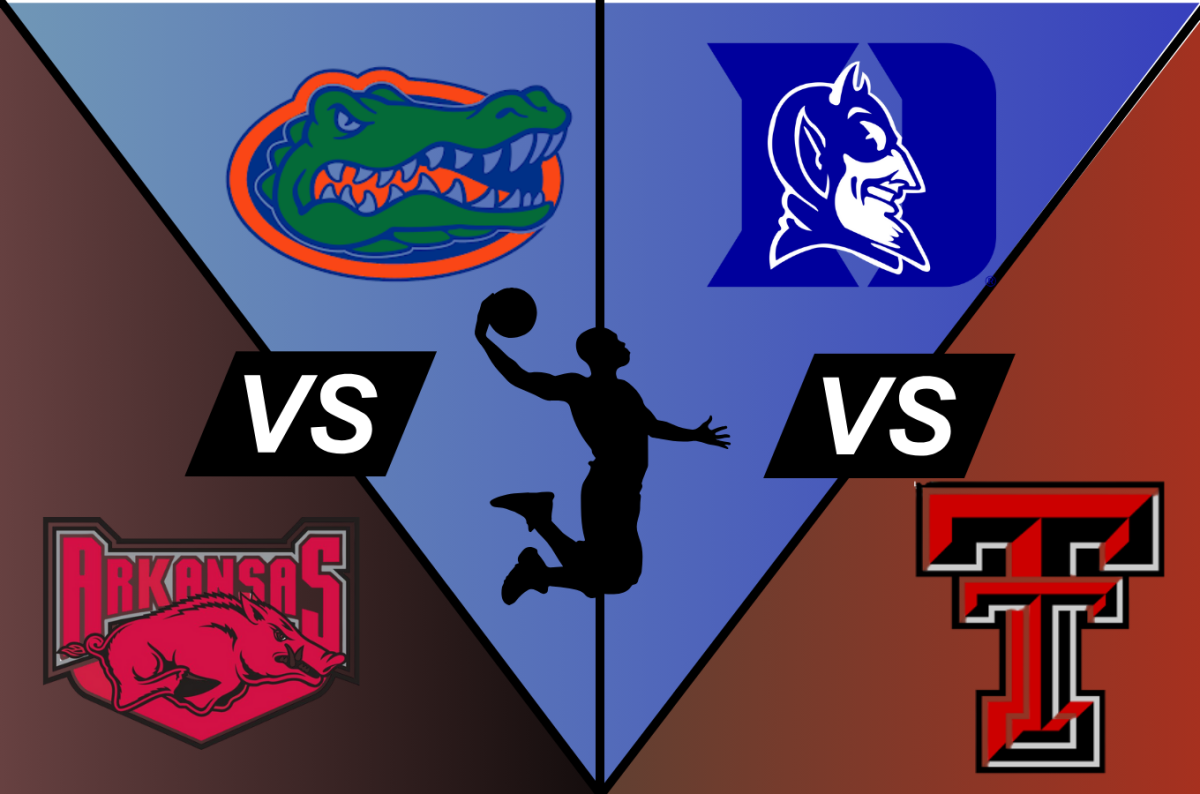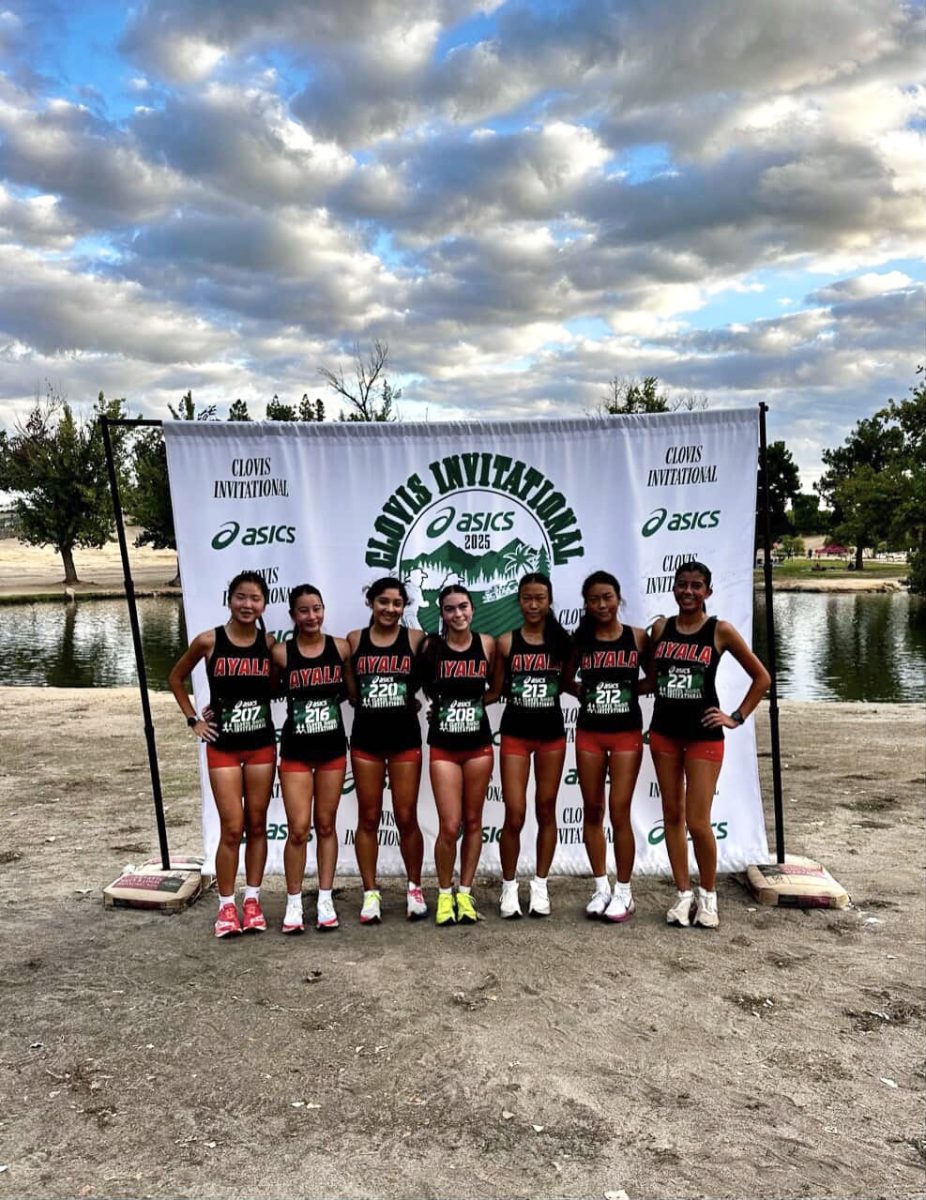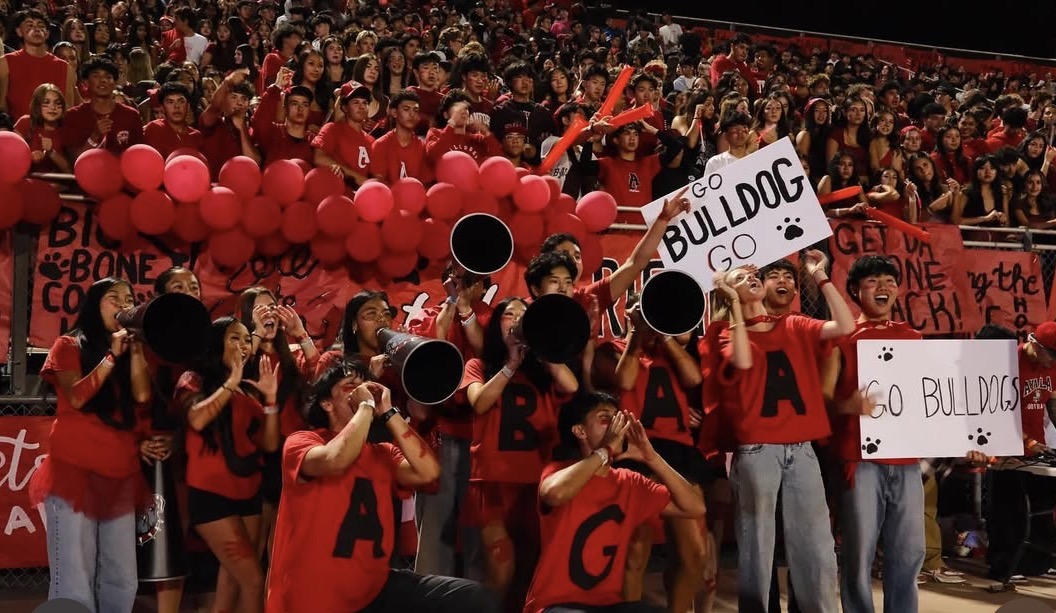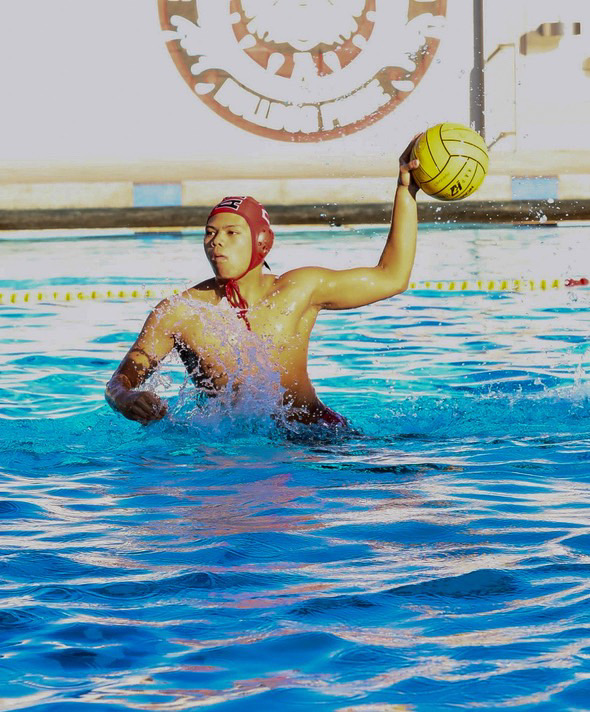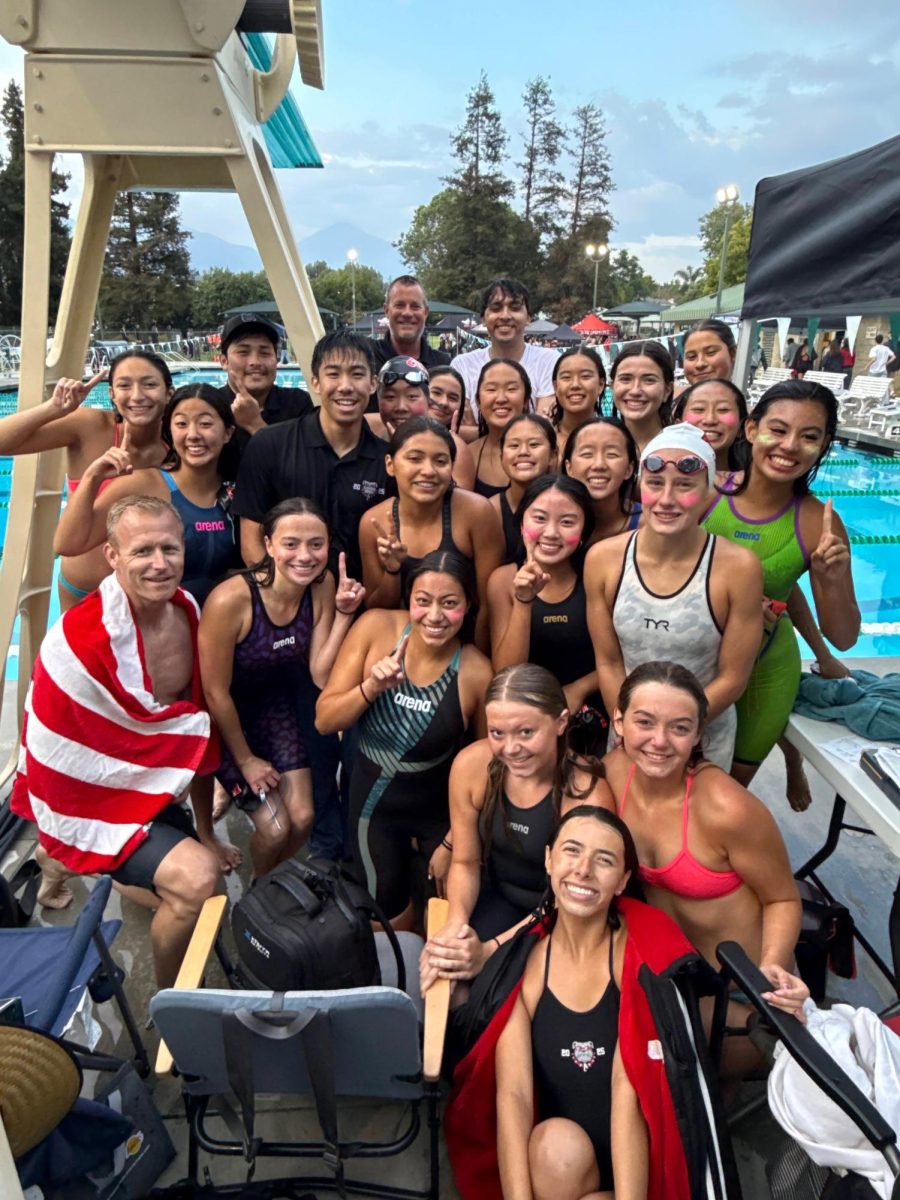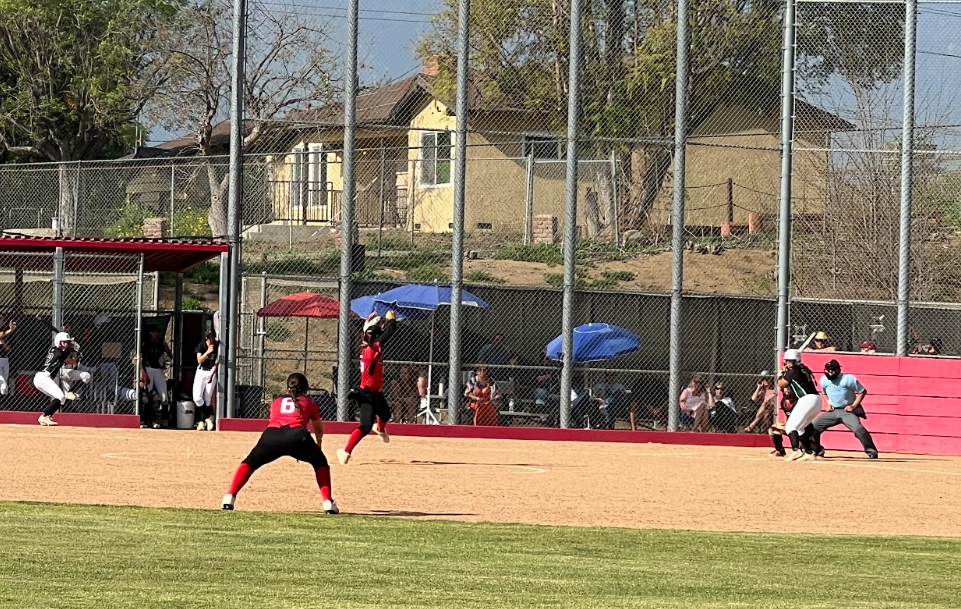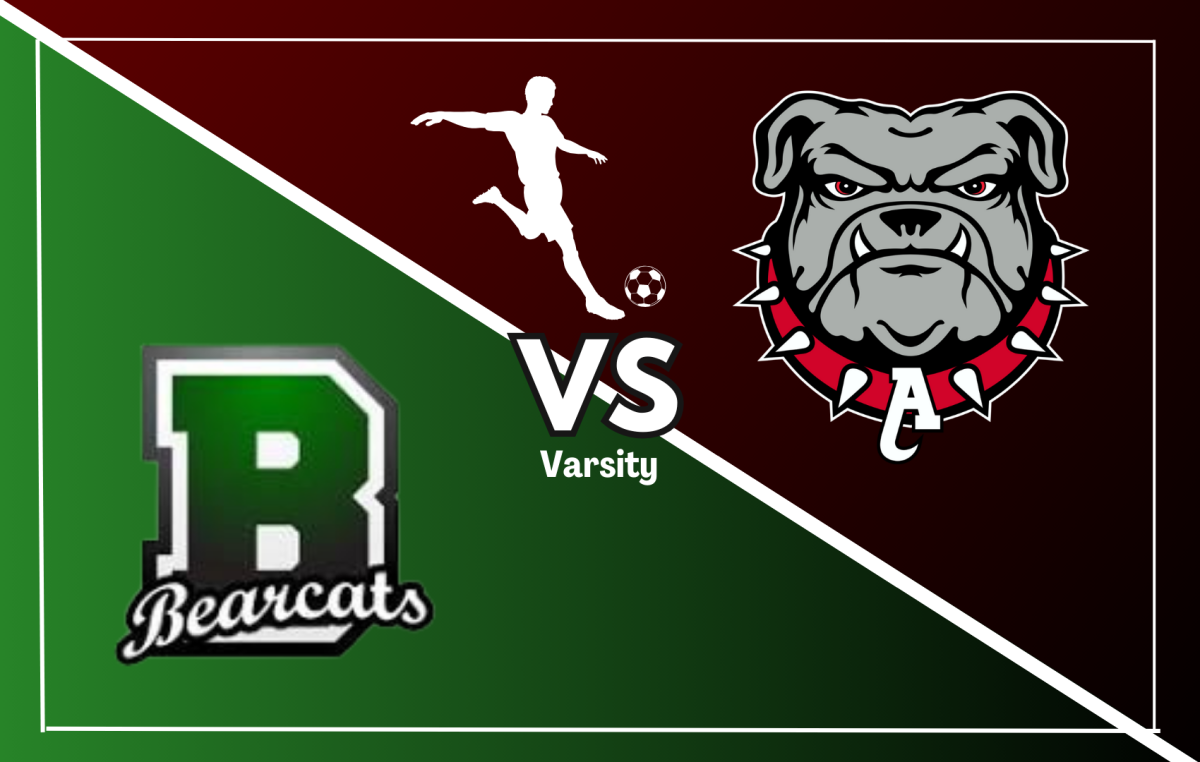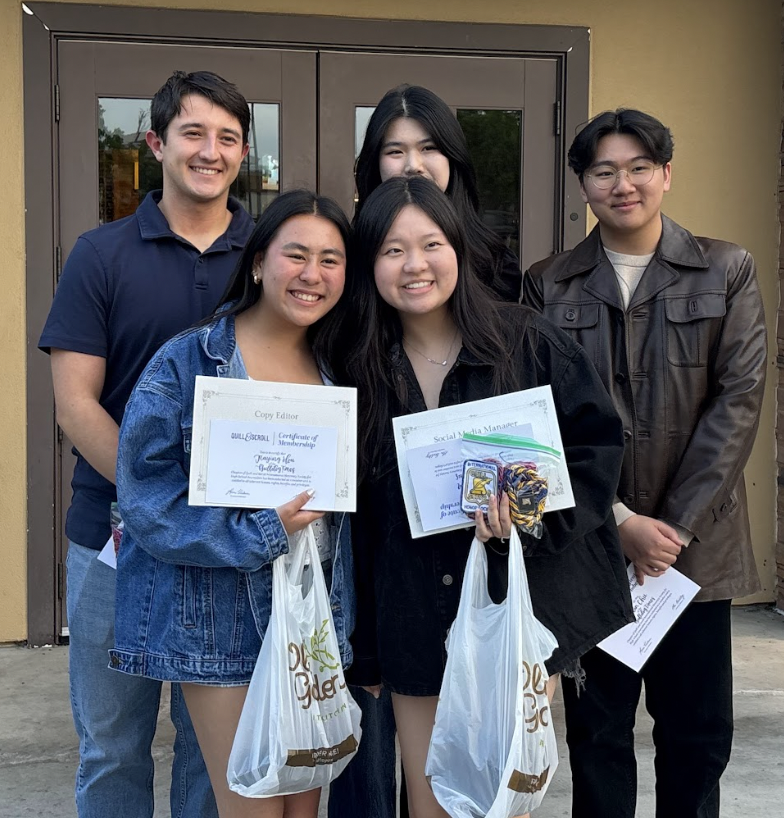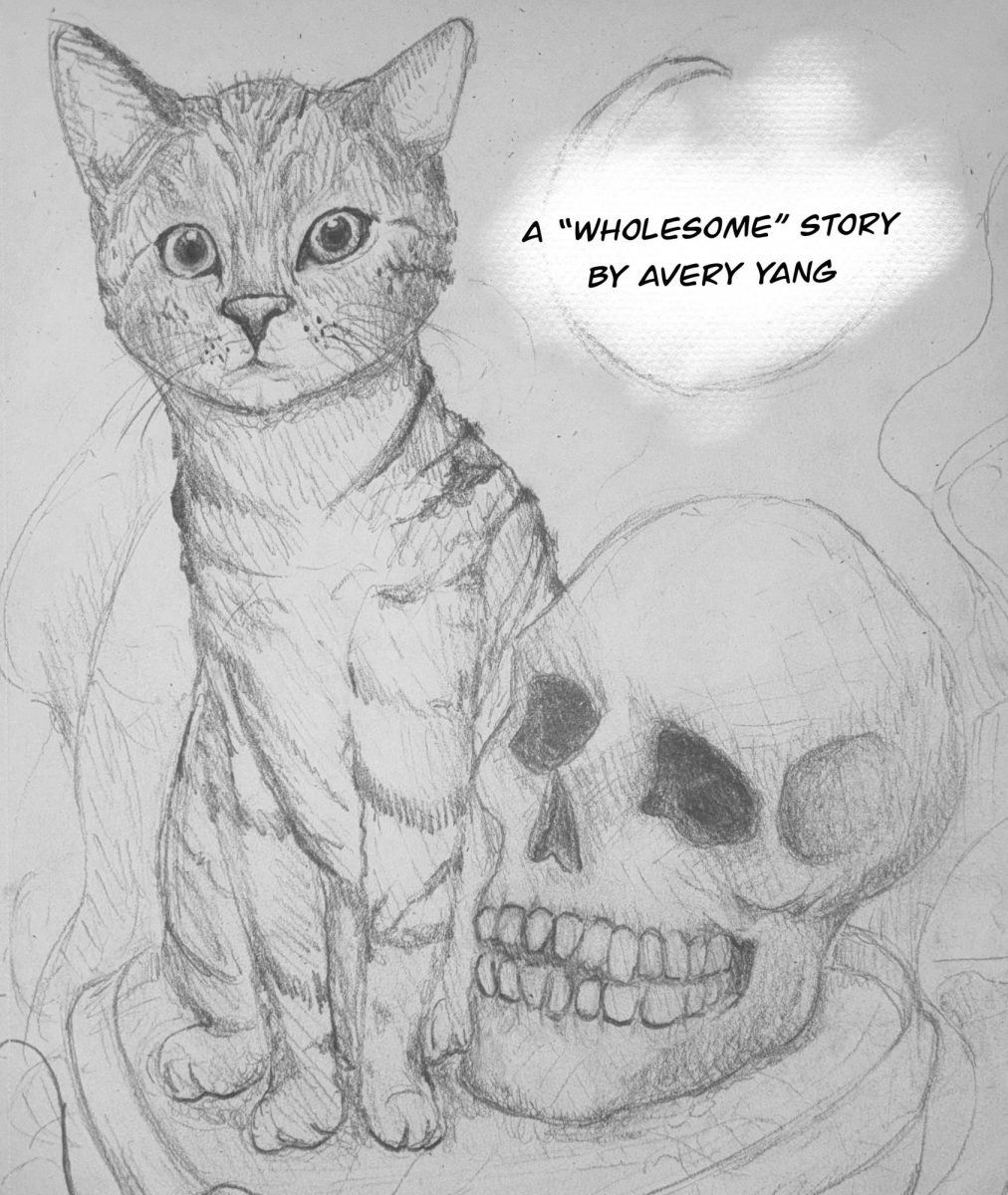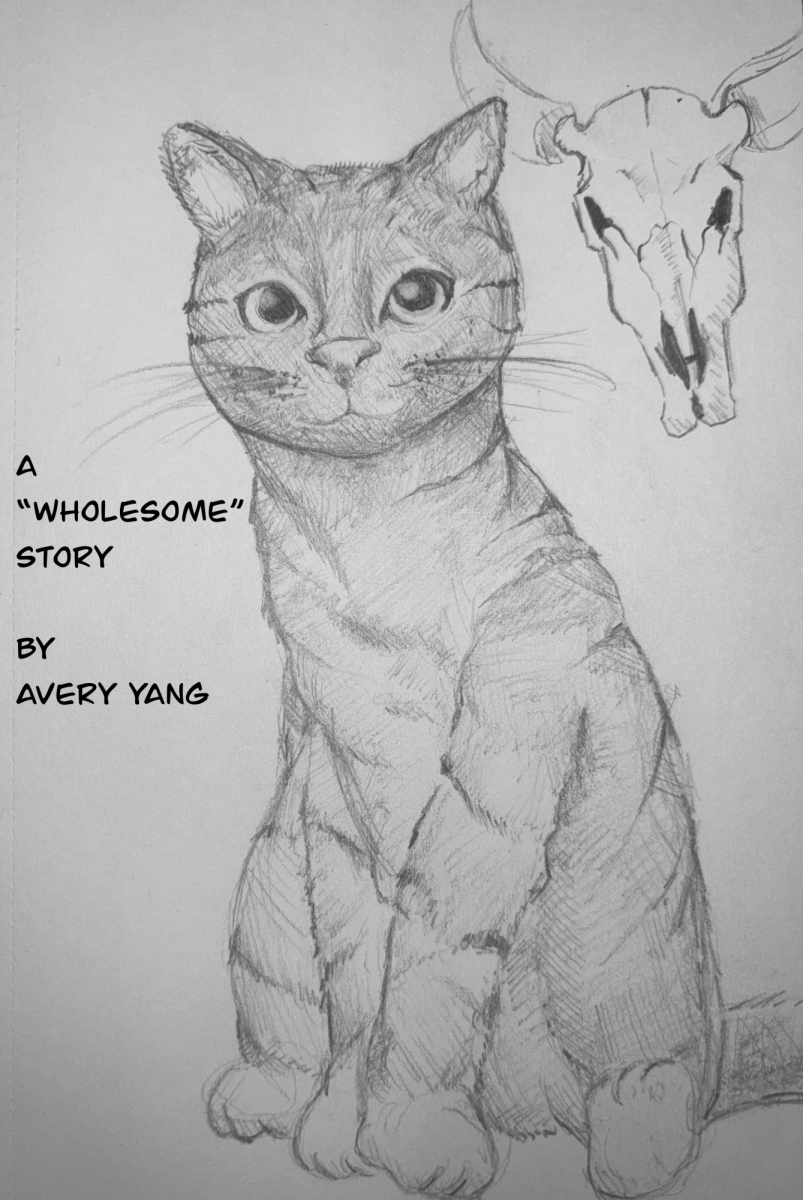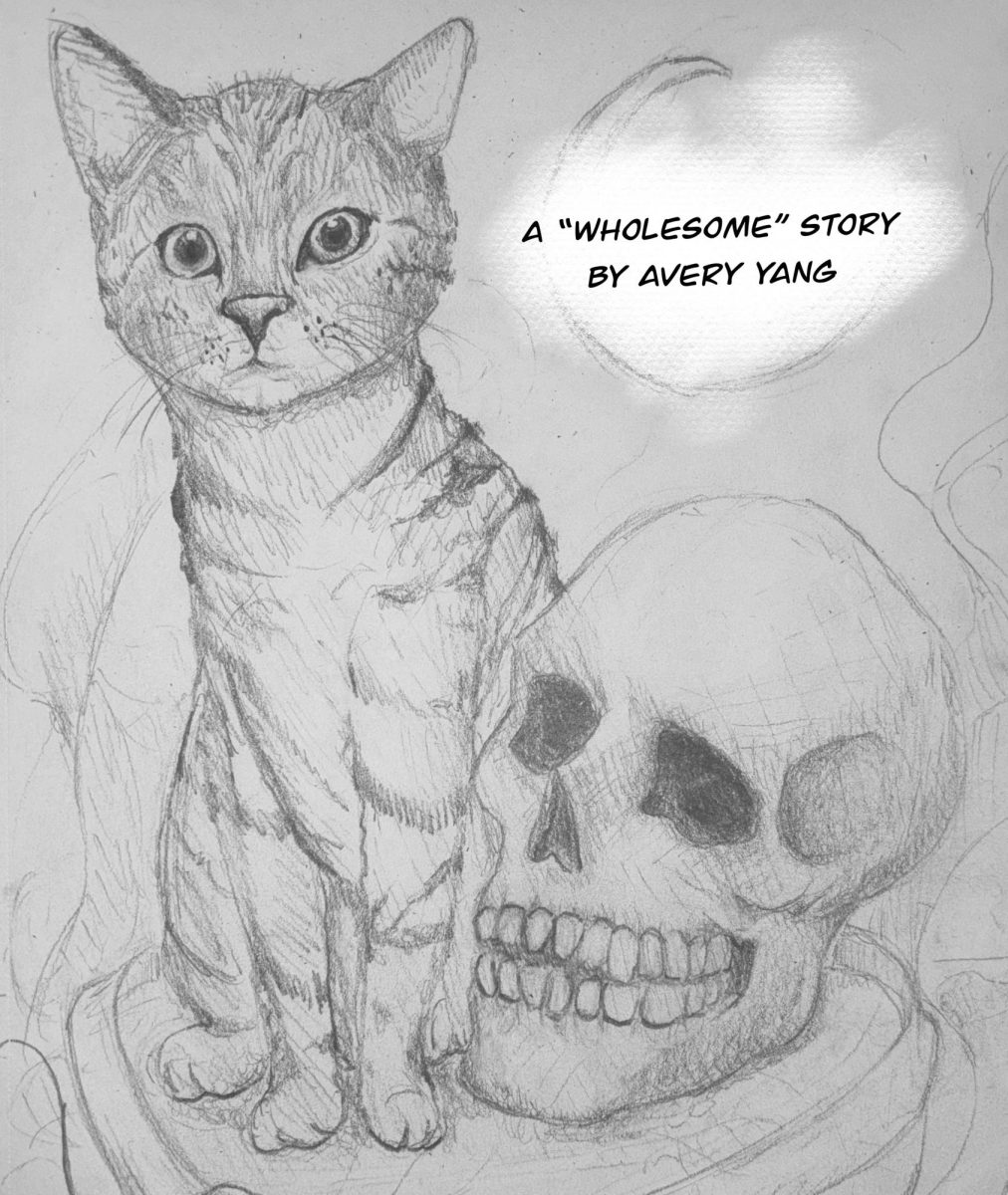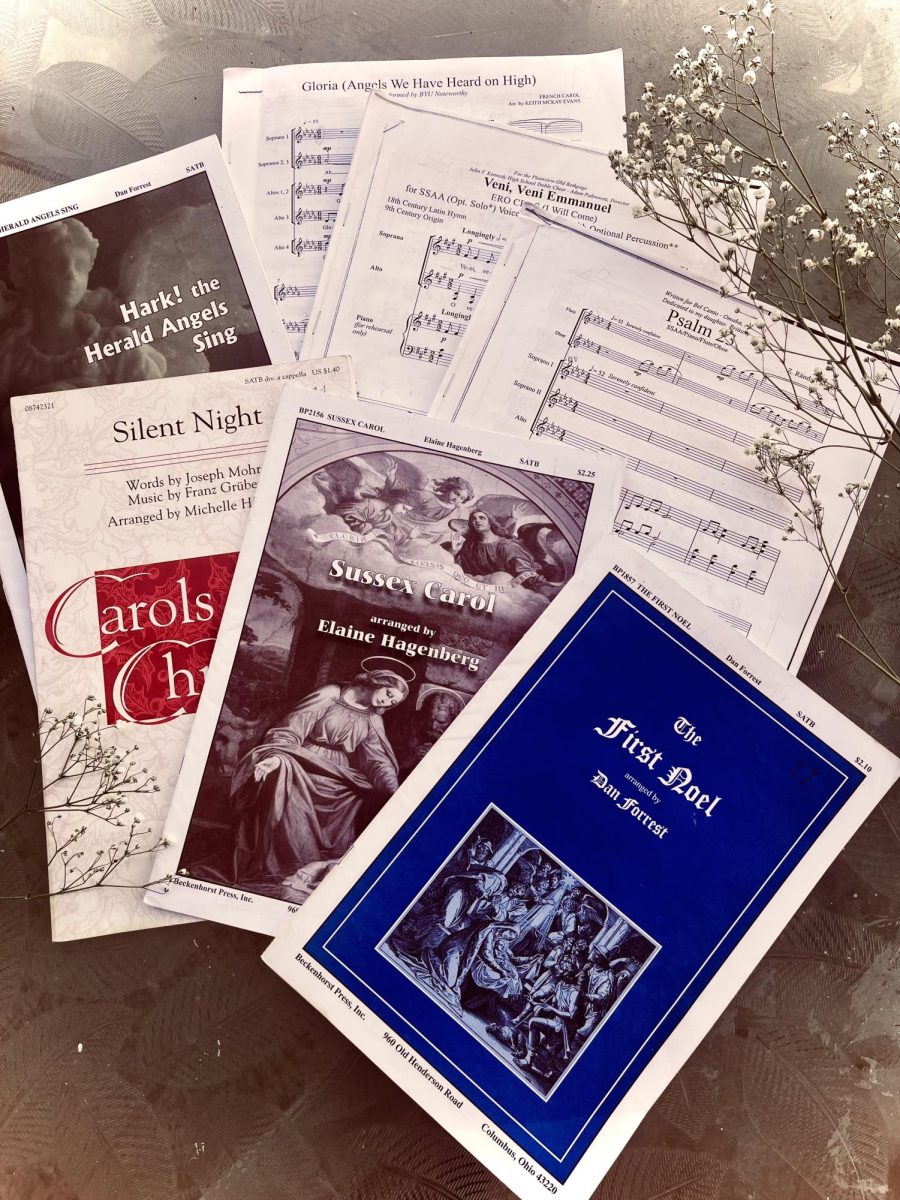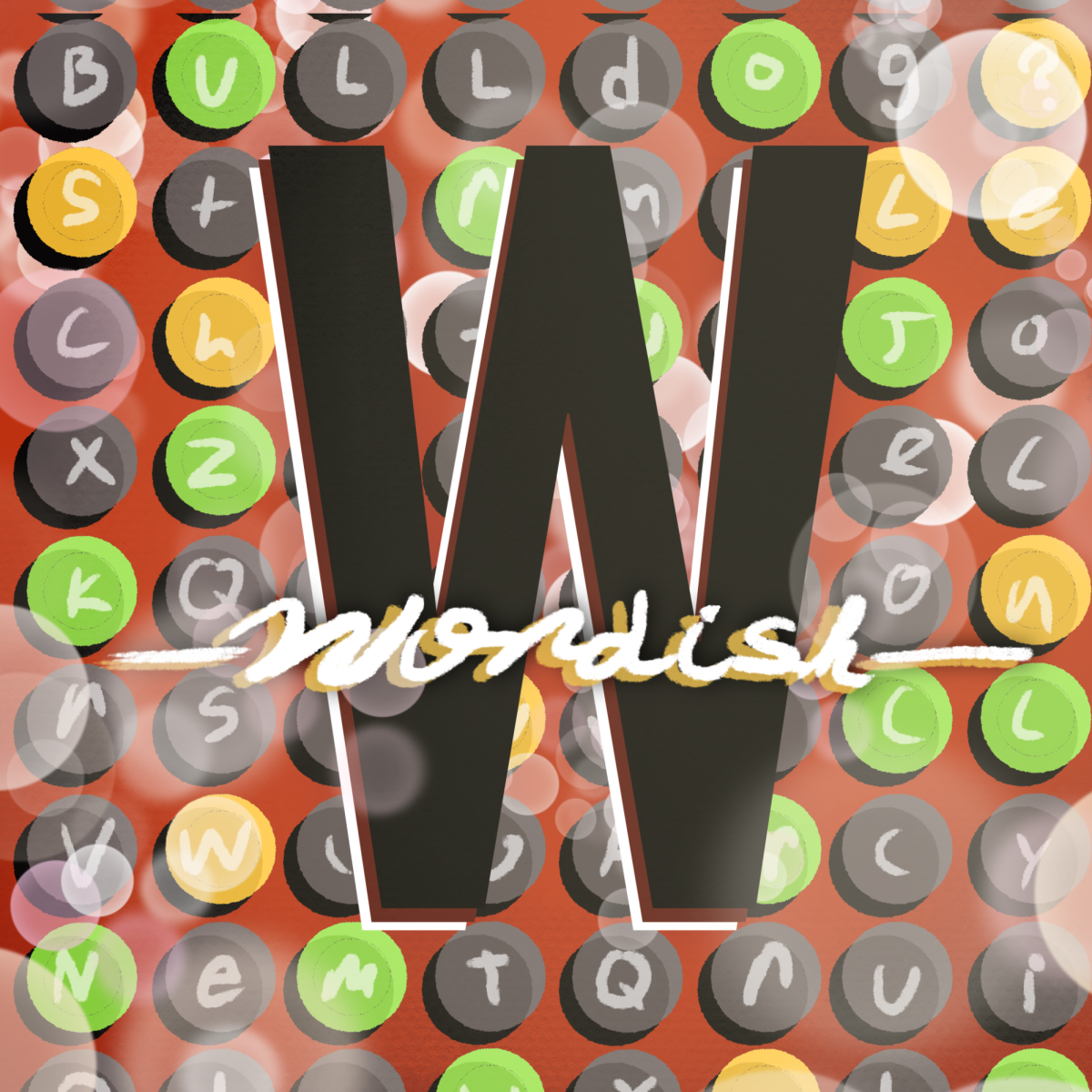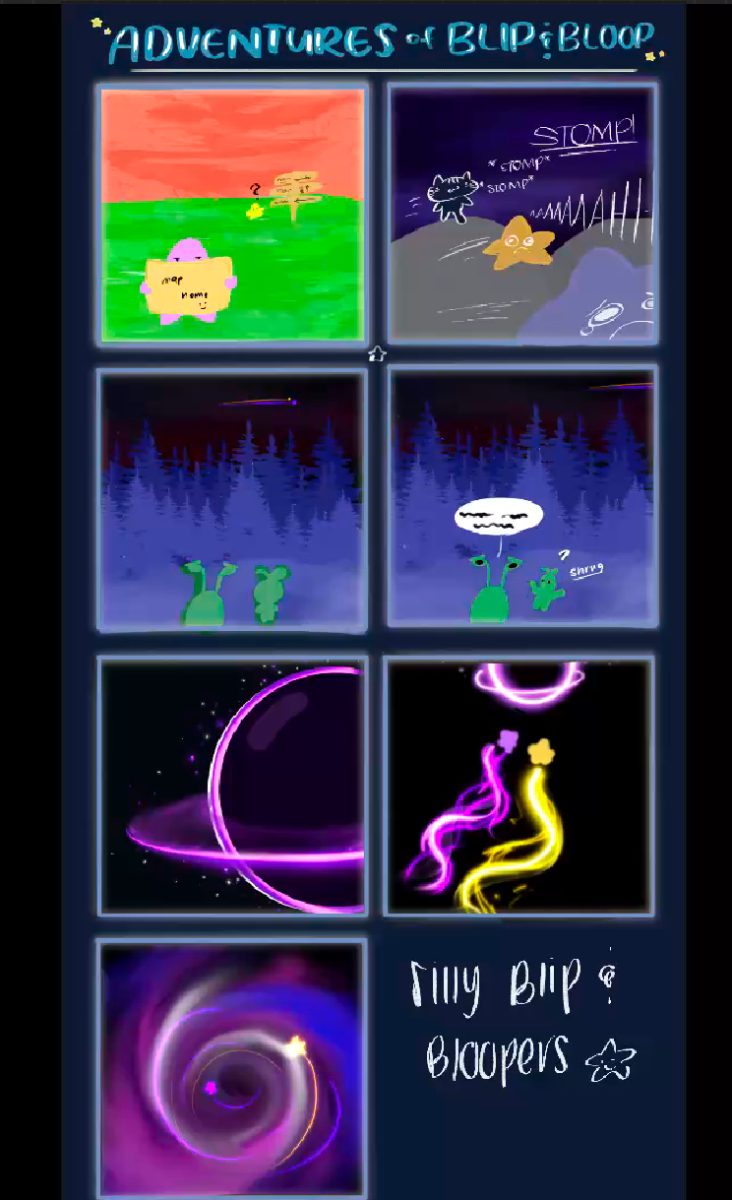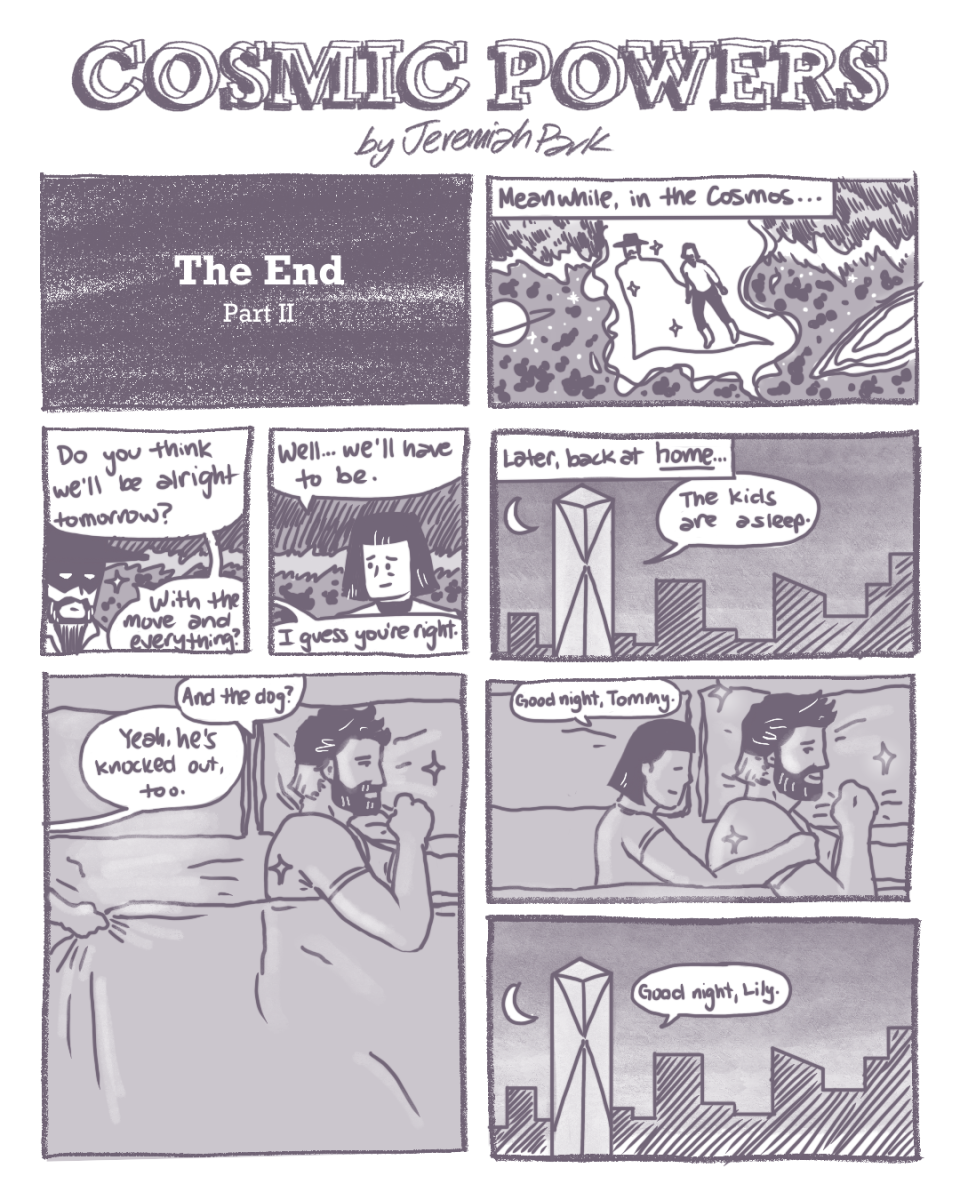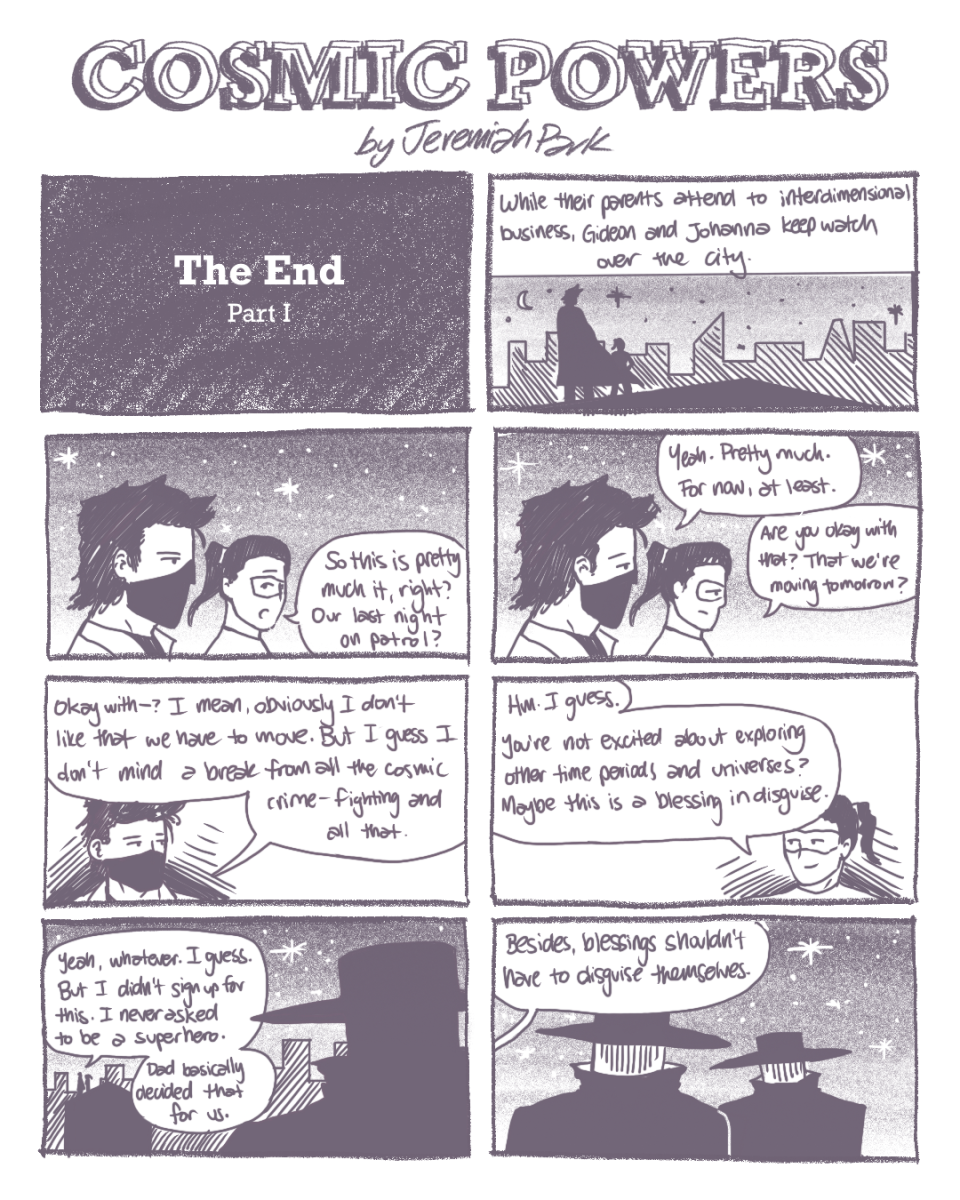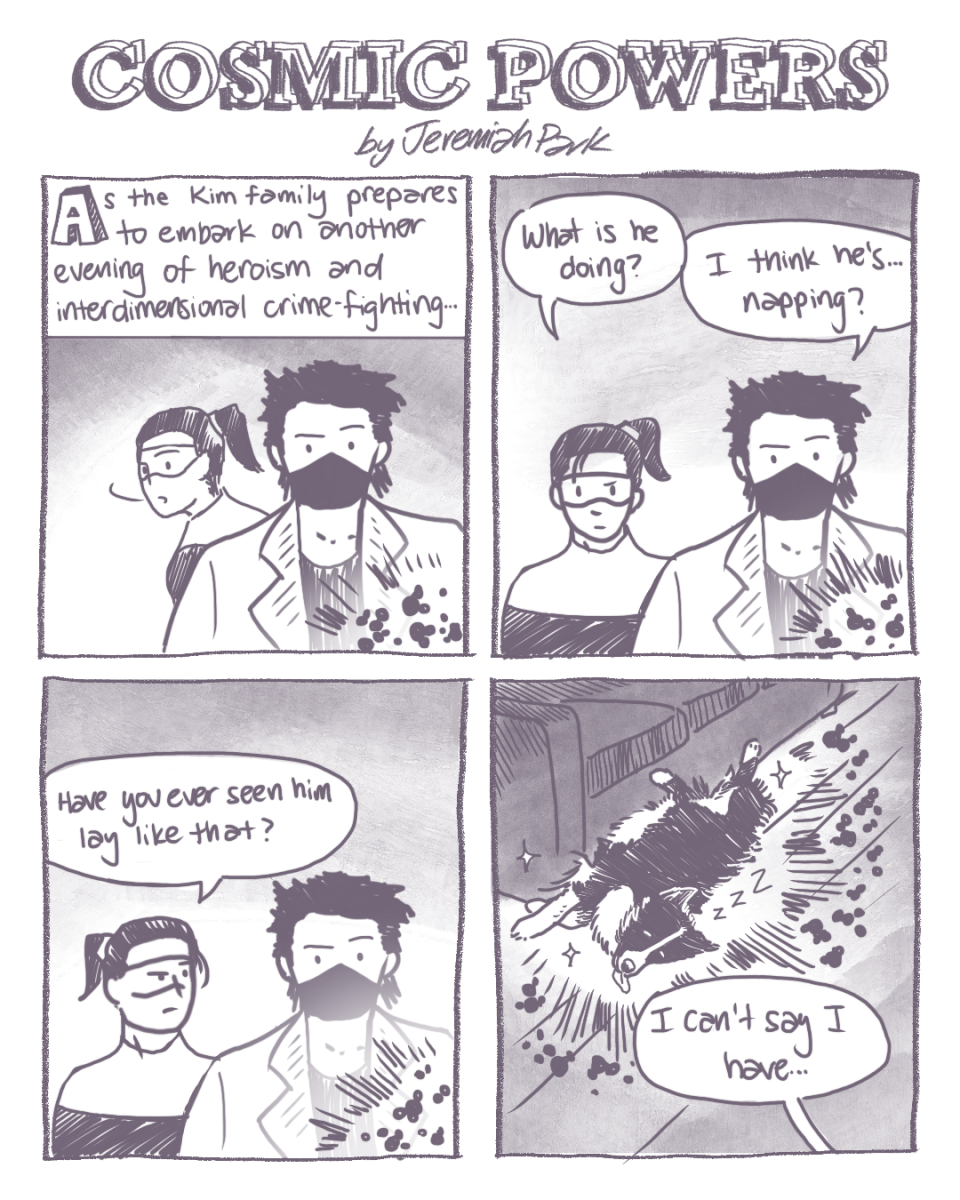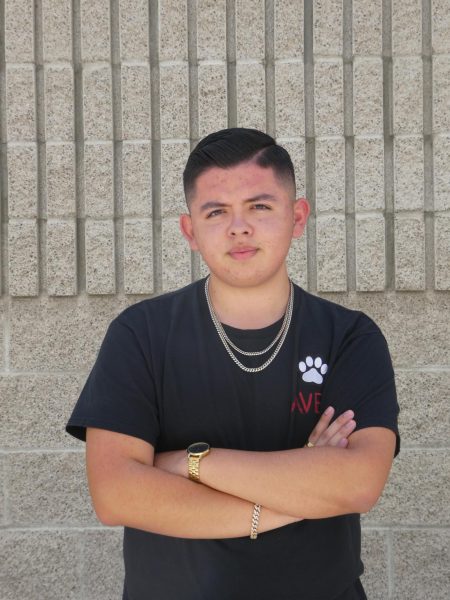From the 15th of September to the same 15th of October, the United States recognizes the 30-day period as National Hispanic Heritage Month. The proclamation aims to highlight and recognize Hispanic contributors to society as well as the withstanding presence of Hispanic culture in American society. To Hispanics, that’s boring.
I obliged to the standard, boring lead format only because it’s the exact opposite of how Hispanics display themselves in American society; we are loud, and we are proud. However, this also means we could write an article about Hispanic pride at any time during the year. During this waning month of Hispanic celebration, flags of all colors line the streets of bustling cities and spotlights for local Hispanic contributions are seen across boundless media outlets that reach every corner of the world; the effort is appreciated, but strained.
In light of this, it seems appropriate to take a shift in perspective. Instead of being the ones blasting music until 3 a.m. on a Wednesday, how do their neighbors feel? The impact of the Hispanic community is only as strong as the open-mindedness of the rest of those willing to accept it, of which there are plenty.
“From day one I loved it. My teacher – my teacher made a difference. I love that woman,” Spanish 3 Honors teacher Sra. Florence Erturk said. “She was from Spain, of course, everything was ‘th-th-’ [The Spanish pronunciation of c and z] and I just fell in love. She was an older lady, but I just fell in love with Spanish.”
Sra. Erturk’s introduction to the Spanish language and Hispanic culture was fondled by her summer home away from France, north of Barcelona. Her exposure to Spanish culture as opposed to Latino culture offered an easy transition from her French background; she offered a contrast from this background to her more formal exposure to the entirety of Hispanic culture.
“We have a lot of similarities,” Erturk said. “Lots of traditions are the same, [such as] with Rosca de Reyes [Three Kings Day]… French people are not religious, but they have the same religious traditions.”
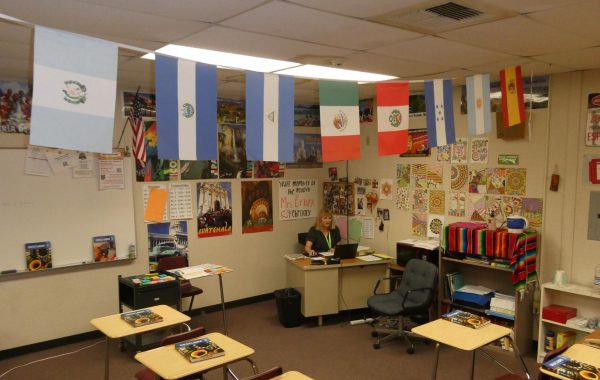
The relationship between France and Spain is a quick line to draw to see the connection between the two cultures, but it’s a much different story when that line must be drawn from deep in East Asian culture. Fortunately, this was the case for one teacher on campus,
“The first thing I noticed is the emphasis of respect and formality,” said Spanish 1 teacher Sra. Joanne Park. “In Korean [culture], we actually have different levels of formality. In Spanish, you have casual and you have formal just one. So to me, that was the first commonality.”
Certainly, with this emphasis on respect, there exists the conduit by which that respect is shown. It can be said that all cultures have their own emphasis and philosophies on respect, but they differ in the subjects they choose to respect. Between Korean and Hispanic culture, it seems to be the same.
“I find Hispanic culture is very family oriented,” said Park. “You see people around the community too. They’re very big families, and they gather in every event, and even Korean families it is important to go visit our family.”
A slightly farfetched yet important connection to family is the language by which they communicate. I’ve long felt a slight disconnect to my family because of their misadventure in not teaching me Spanish; I’ve since learned it, but I now found myself building the cultural security that I before did not have. Language, to a culture, is paramount.
“Language is a stepping stone. It will open doors to the culture,” Park said. “Without the language, I don’t believe that you will be able to understand how other people think and how they live and so on. Language is very important and a language does open doors, open eyes to the culture.”
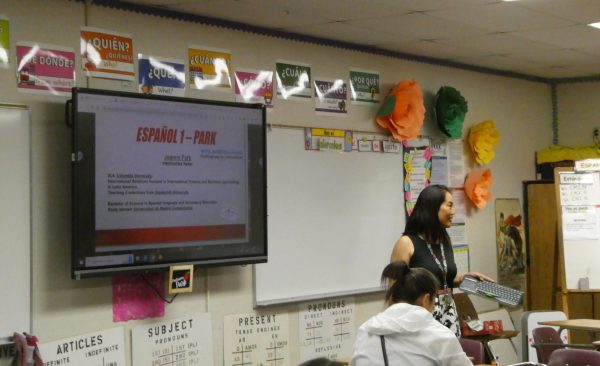
If there’s anyone to ask about the importance that language holds, it would be the Spanish teachers. Even more so, to the teachers who have accepted the language and subsequent culture as their own. This embrace and appreciation of the culture does not go unnoticed by students.
“I love that even schools nowadays are actually promoting it,” recent Ayala alum Zaara Narwal said. “Because I feel like it’s such an important thing to be able to recognize all the many different cultures that there are, especially because it’s not just boxed into one thing. There’s so much more that goes into it than what most of us think about.”
Narwal’s merit does not go unchecked in her acknowledgments, having been inducted into the Bulldog Hall of Fame this past May as selected by AP Spanish teacher Sra. Reynolds, the teacher that recognized her excellence in the class and overall immersion in the language and its culture.
The beautiful truth on campus is that we have teachers that appreciate our Hispanic culture and use their classrooms to show such. Even if students are reluctant to learn, they still try. For some teachers, this is a taller task than for others.
“Those people don’t know it. They have to be open. A lot of people say, ‘Oh, he’s white. He doesn’t speak Spanish.’ It’s horrible. People say that, you know, ‘He’s dark, he speaks Spanish,’” Erturk said. “People have a lot of stereotypes, a lot of misconceptions, but Hispanic culture to them is all Mexican. That’s all they think about… it’s just a lot of ignorance. Unfortunately, lots of ignorance about Spanish culture.”
For good reason, this particular question about perception of Hispanic culture got Sra. Erturk off on a tangent. She continued with her recollection of trying to teach her students about Mexican independence day only a few weeks prior, asking them a simple foundational question.
“I asked them, ‘What country did Mexico get independence from?’” Erturk said. “And [I ended up] having a lot of kids say England, Russia, France. I mean, very few people – juniors – very few people knew it was from Spain. So us, you have to keep teaching culture.”
Just as with Sra. Erturk, Sra. Park shares the same concern for a culture they don’t even share, a culture that has touched their hearts and catalyzed a deeper urgency for the maintenance of a beautiful side of American society.
Park stated that she feels the importance of culture has started to pass, that in the matters concerning Hispanic heritage, it takes more than one person to move the mountain; she stated that one day, without proper care, it’s going to be gone.
“You know, I try my best to put a poster every year,” said Park. “Last year I did my activities, but to do some activities during lunch alone, it’s kind of hard and you don’t get the support. It kind of fizzles away.”
Fortunately, Park still maintains hope, as have all those who believe it’s in the best interest of a diverse society to maintain the holistic nature of a nation defined by a proper lack of definition, whether they be Hispanic or not.
When asked to summate adjectives that best describe Hispanic culture, Erturk had one final line that serves as a beautiful opposition to cultural detriment. She said, “Beautiful to learn. Worth it to learn, worth it to discover.”
Happy Hispanic Heritage Month from the Bulldog Times staff, y que se eduque a los hijos del labrador y del barrendero, como al del más rico hacendado.


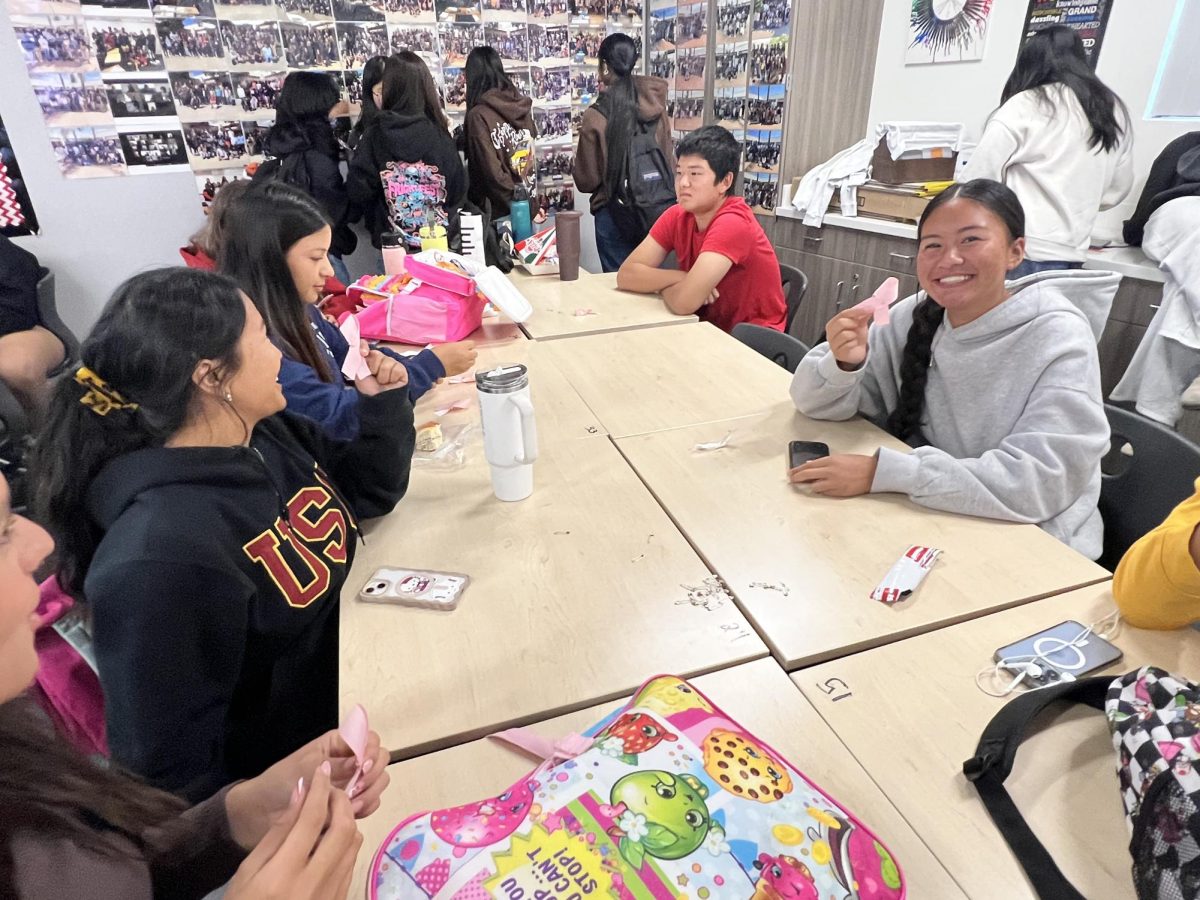
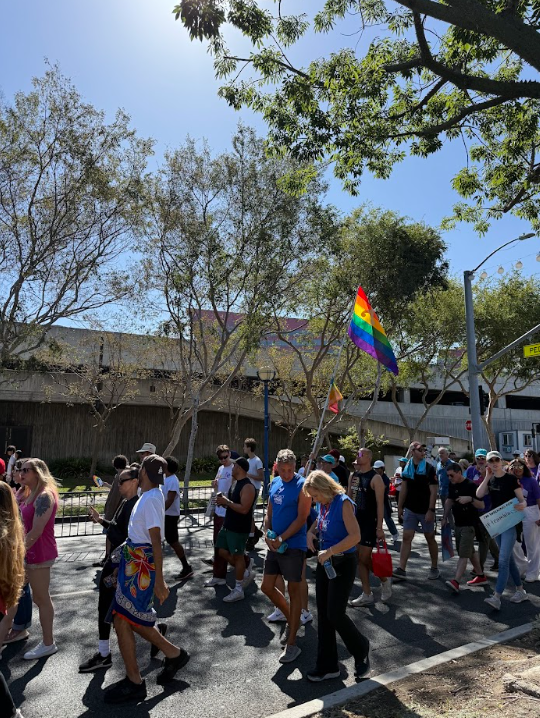




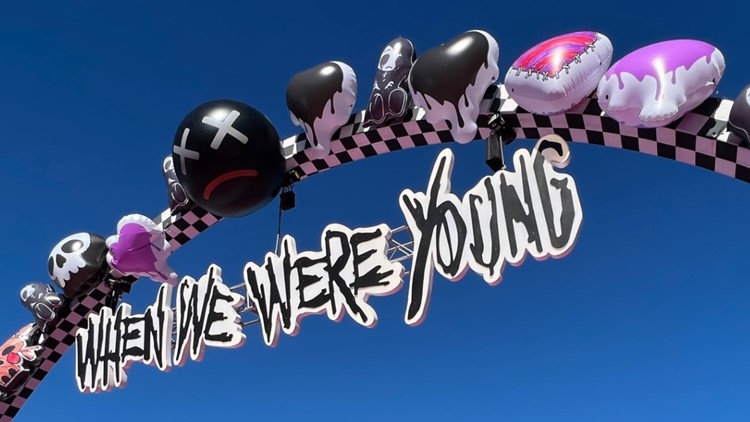


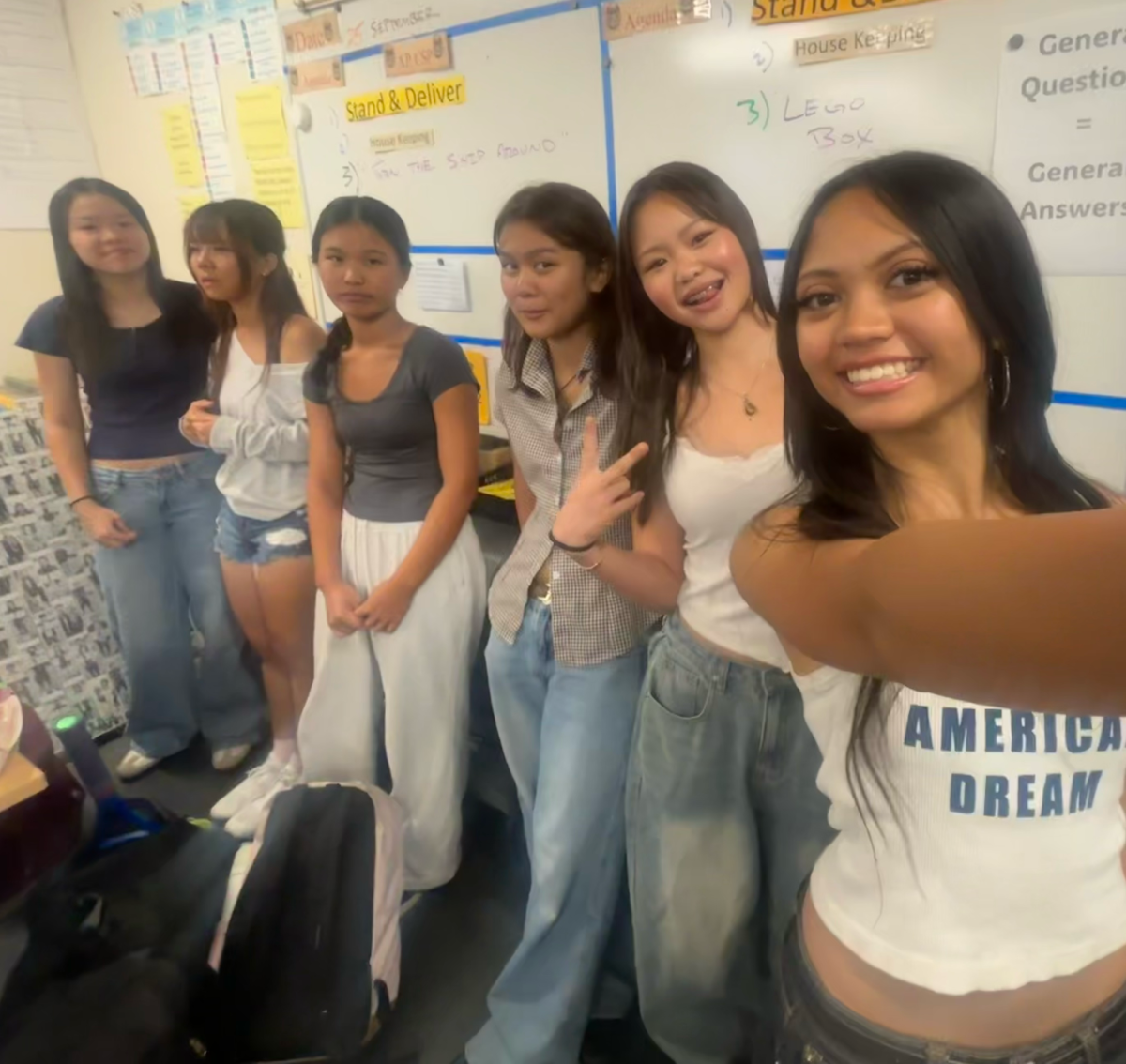



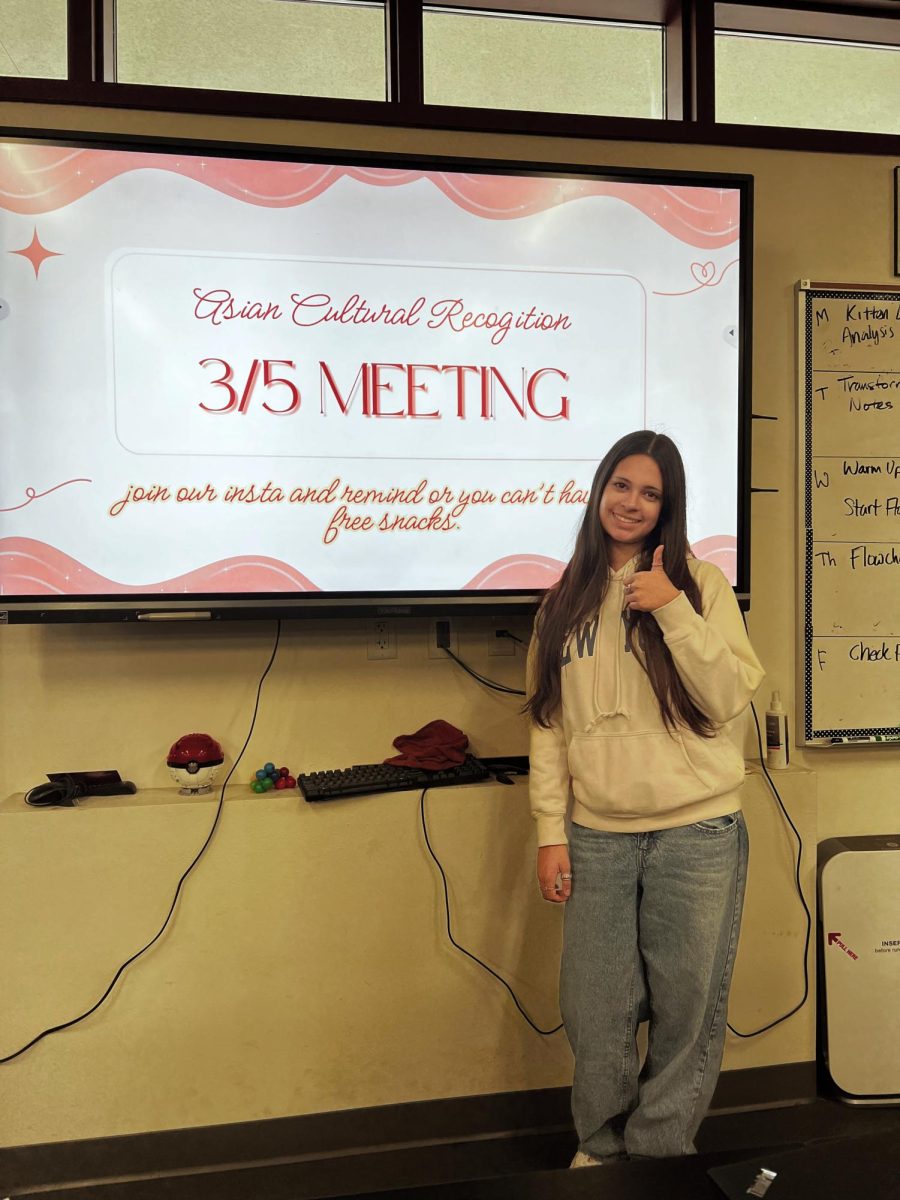






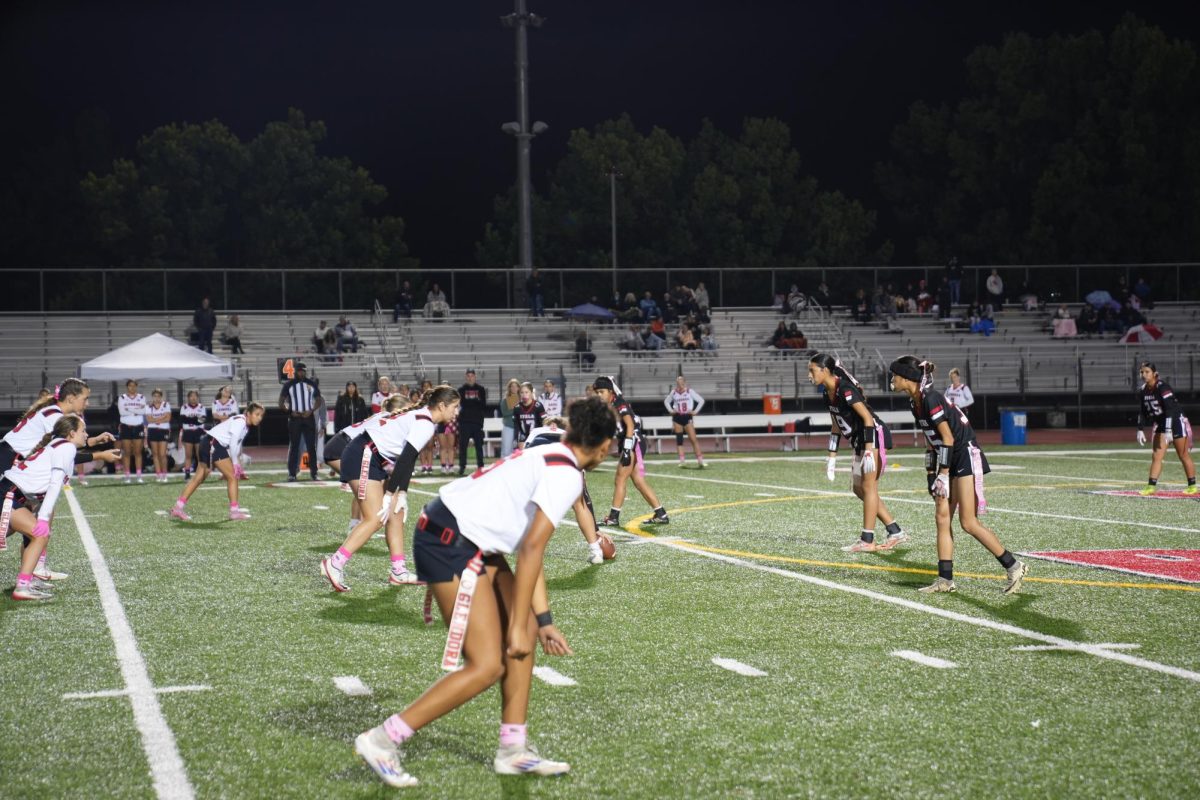
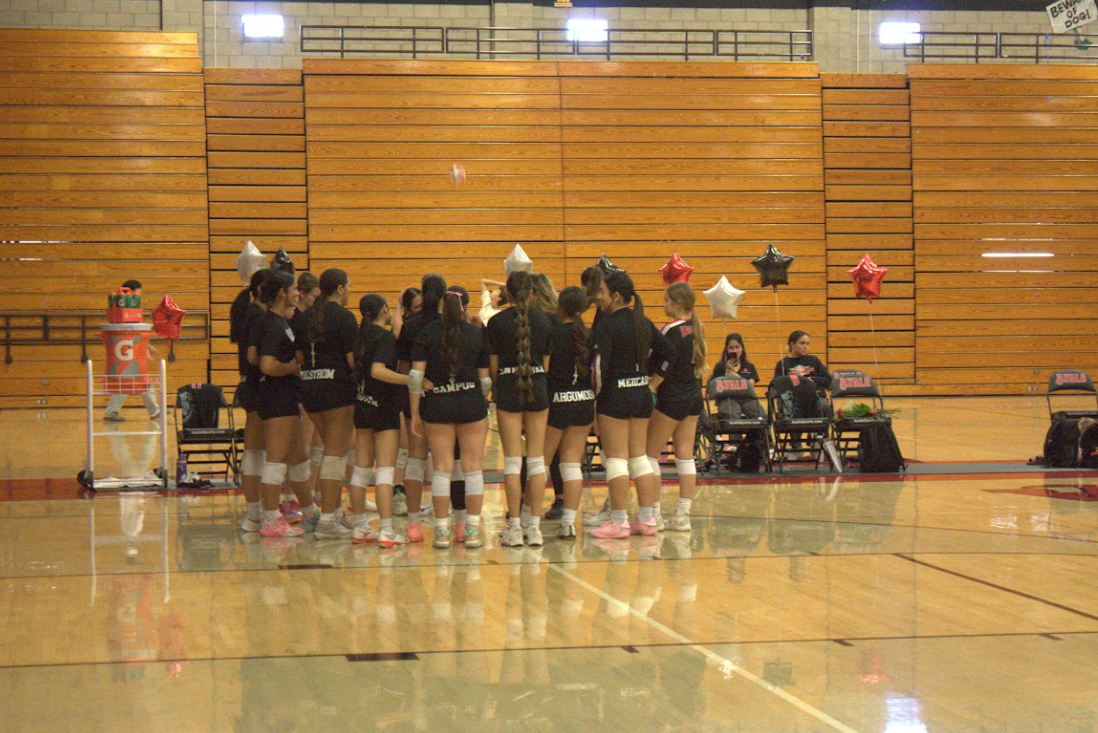

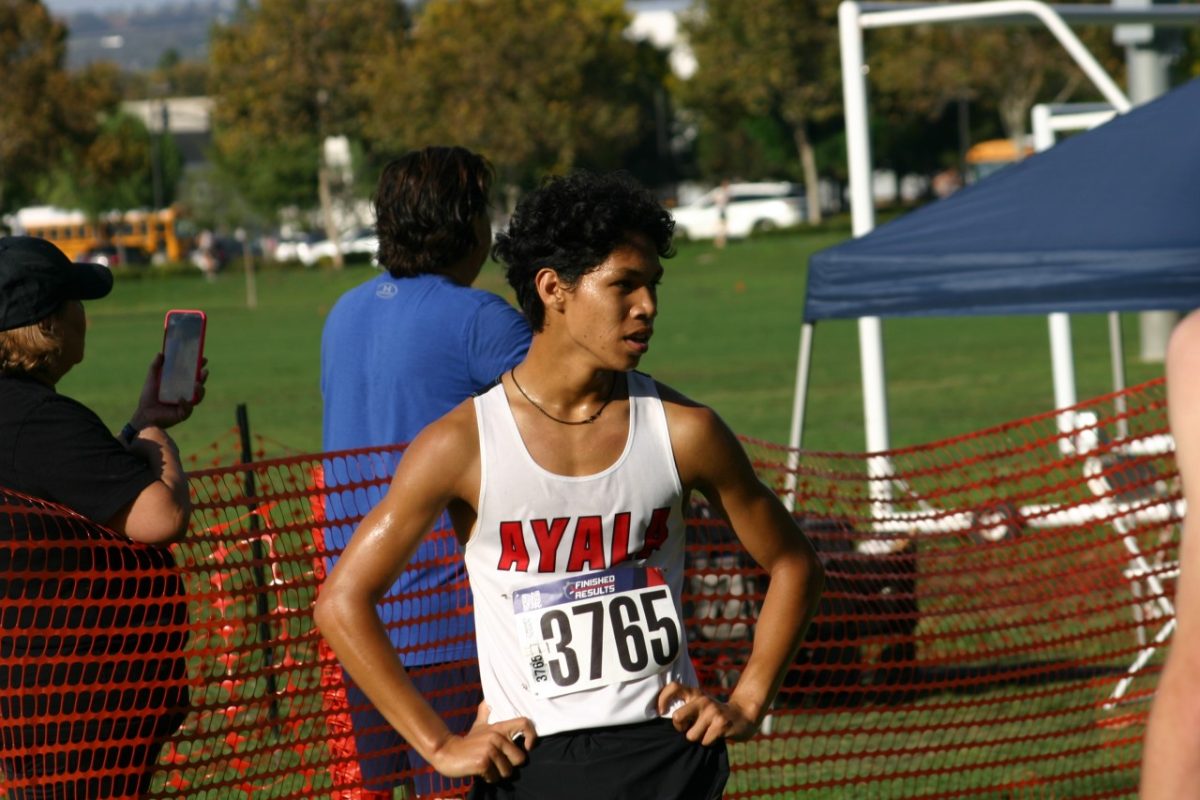
![“I'd say [this season was] successful because I didn't really think I was going to really play much because I'm a freshman. But my coaches took the time and believed in me,” Jonah Boyd (9) said. As a freshman, Boyd has already achieved great success during his first year on the boys Varsity baseball team.](https://ayalabulldogtimes.org/wp-content/uploads/2025/05/IMG_1598-1.jpeg)



